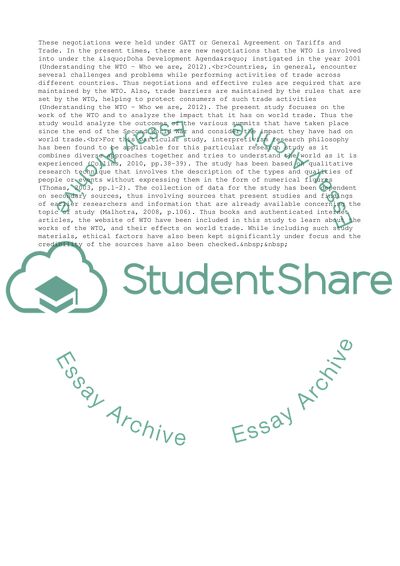Cite this document
(“Logistics and Operations Management - The World Trade Organization Assignment”, n.d.)
Logistics and Operations Management - The World Trade Organization Assignment. Retrieved from https://studentshare.org/management/1611777-logistics-and-operations-management-the-world-trade-organization
Logistics and Operations Management - The World Trade Organization Assignment. Retrieved from https://studentshare.org/management/1611777-logistics-and-operations-management-the-world-trade-organization
(Logistics and Operations Management - The World Trade Organization Assignment)
Logistics and Operations Management - The World Trade Organization Assignment. https://studentshare.org/management/1611777-logistics-and-operations-management-the-world-trade-organization.
Logistics and Operations Management - The World Trade Organization Assignment. https://studentshare.org/management/1611777-logistics-and-operations-management-the-world-trade-organization.
“Logistics and Operations Management - The World Trade Organization Assignment”, n.d. https://studentshare.org/management/1611777-logistics-and-operations-management-the-world-trade-organization.


